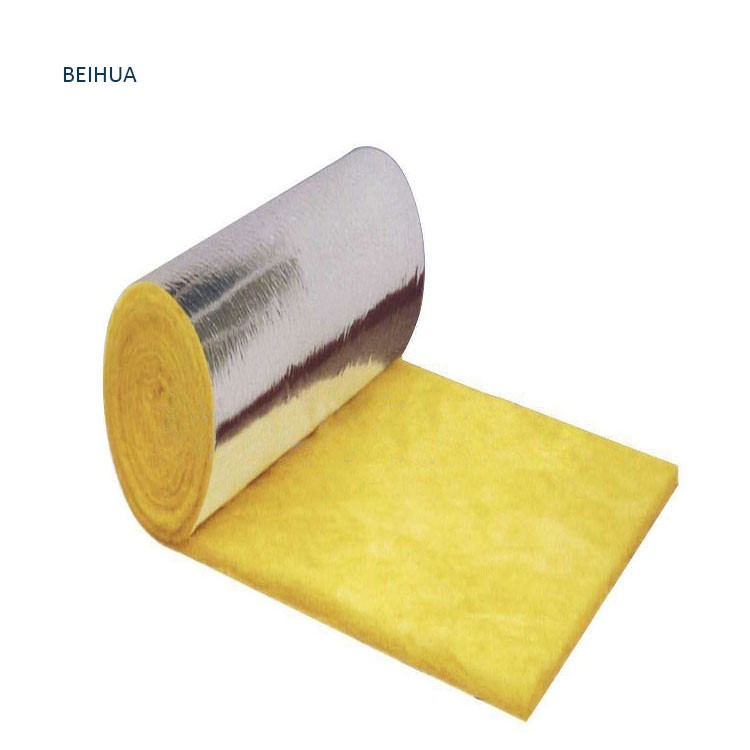1. Temperature: Temperature has a direct effect on the thermal conductivity of various thermal insulation materials. As the temperature increases, the thermal conductivity of the material rises.
2. Moisture content: All thermal insulation materials have a porous structure and are easy to absorb moisture. When the moisture content is greater than 5%~10%, the moisture occupies part of the pore space originally filled with air after the material absorbs moisture, causing its effective thermal conductivity to increase significantly.
3. Bulk density: Bulk density is a direct reflection of the porosity of the material. Since the thermal conductivity of the gas phase is usually less than that of the solid phase, the thermal insulation materials have a large porosity, that is, a small bulk density. Under normal circumstances, increasing the pores or reducing the bulk density will lead to a decrease in thermal conductivity.
4. Particle size of the loose material: At room temperature, the thermal conductivity of the loose material decreases as the particle size of the material decreases. When the particle size is large, the size of the gap between the particles increases, and the thermal conductivity of the air in between will inevitably increase. The smaller the particle size, the smaller the temperature coefficient of thermal conductivity.
5. Heat flow direction: The relationship between thermal conductivity and heat flow direction only exists in anisotropic materials, that is, materials with different structures in various directions. When the heat transfer direction is perpendicular to the fiber direction, the thermal insulation performance is better than when the heat transfer direction is parallel to the fiber direction; similarly, the thermal insulation performance of a material with a large number of closed pores is also better than that with large open pores. Stomatal materials are further divided into two types: solid matter with bubbles and solid particles in slight contact with each other. From the perspective of the arrangement of fibrous materials, there are two cases: the direction and the heat flow direction are perpendicular and the fiber direction and the heat flow direction are parallel. Generally, the fiber arrangement of the fiber insulation material is the latter or close to the latter. The same density condition is one, and its heat conduction The coefficient is much smaller than the thermal conductivity of other forms of porous insulation materials.
6. The influence of filling gas: In the thermal insulation material, most of the heat is conducted from the gas in the pores. Therefore, the thermal conductivity of the insulating material is largely determined by the type of filling gas. In low-temperature engineering, if helium or hydrogen is filled, it can be regarded as a first-order approximation. It is considered that the thermal conductivity of the insulating material is equivalent to the thermal conductivity of these gases, because the thermal conductivity of helium or hydrogen is relatively large.
7. Specific heat capacity: The specific heat capacity of the insulating material is related to the cooling capacity (or heat) required for the cooling and heating of the insulating structure. At low temperatures, the specific heat capacity of all solids varies greatly. Under normal temperature and pressure, the quality of air does not exceed 5% of the insulation material, but as the temperature drops, the proportion of gas is increasing. Therefore, this factor should be considered when calculating thermal insulation materials that work under normal pressure.
8. Coefficient of linear expansion: When calculating the firmness and stability of the insulation structure in the process of cooling (or heating), it is necessary to know the coefficient of linear expansion of the insulation material. If the linear expansion coefficient of the thermal insulation material is smaller, the thermal insulation structure is less likely to be damaged due to thermal expansion and contraction during use. The coefficient of linear expansion of most thermal insulation materials decreases significantly as the temperature decreases.
Post time: Jul-30-2021






